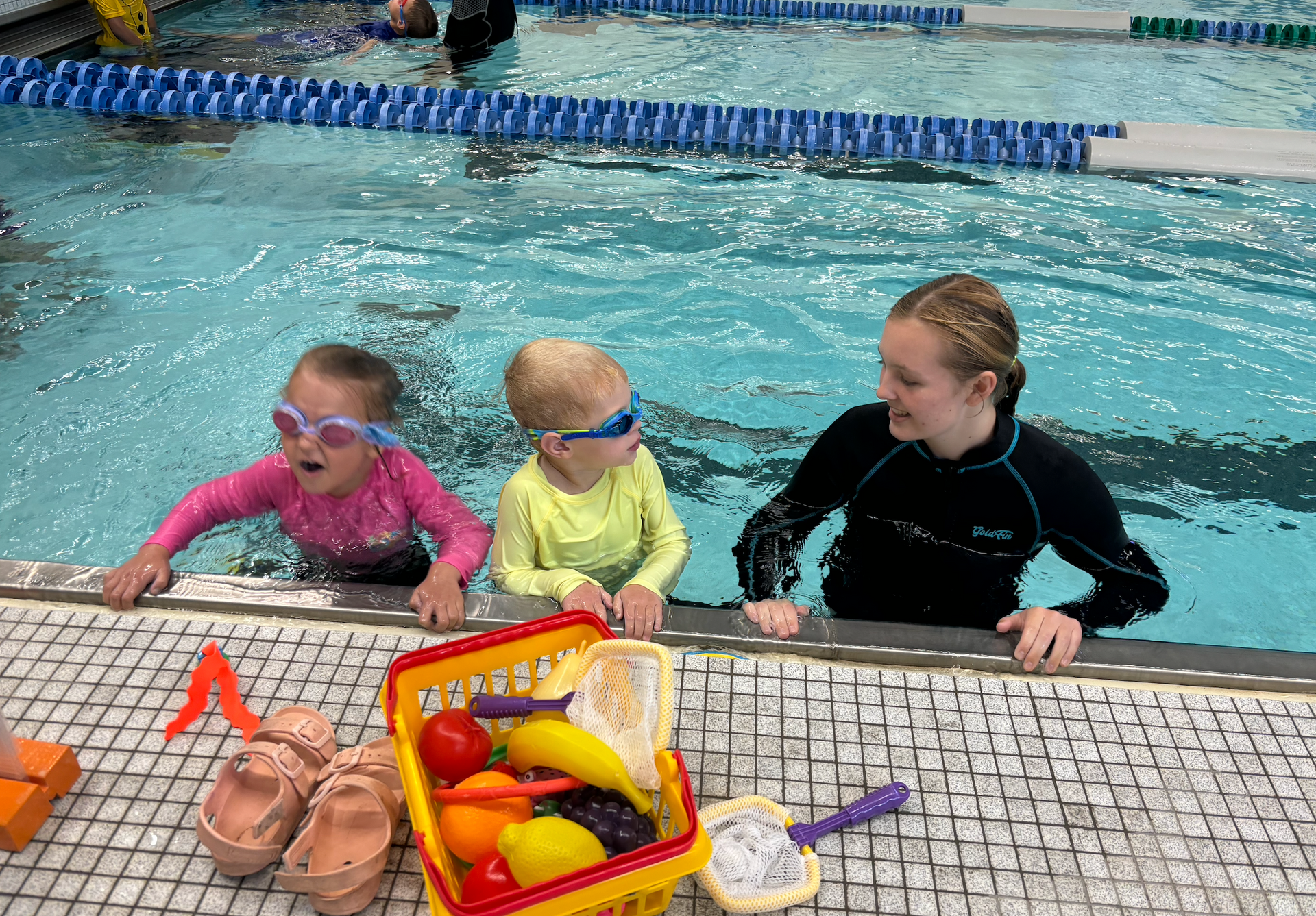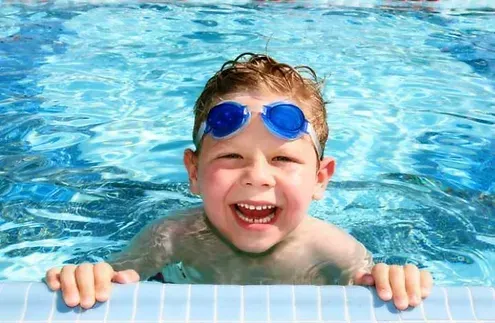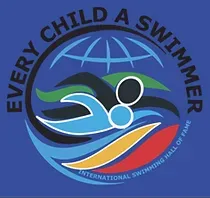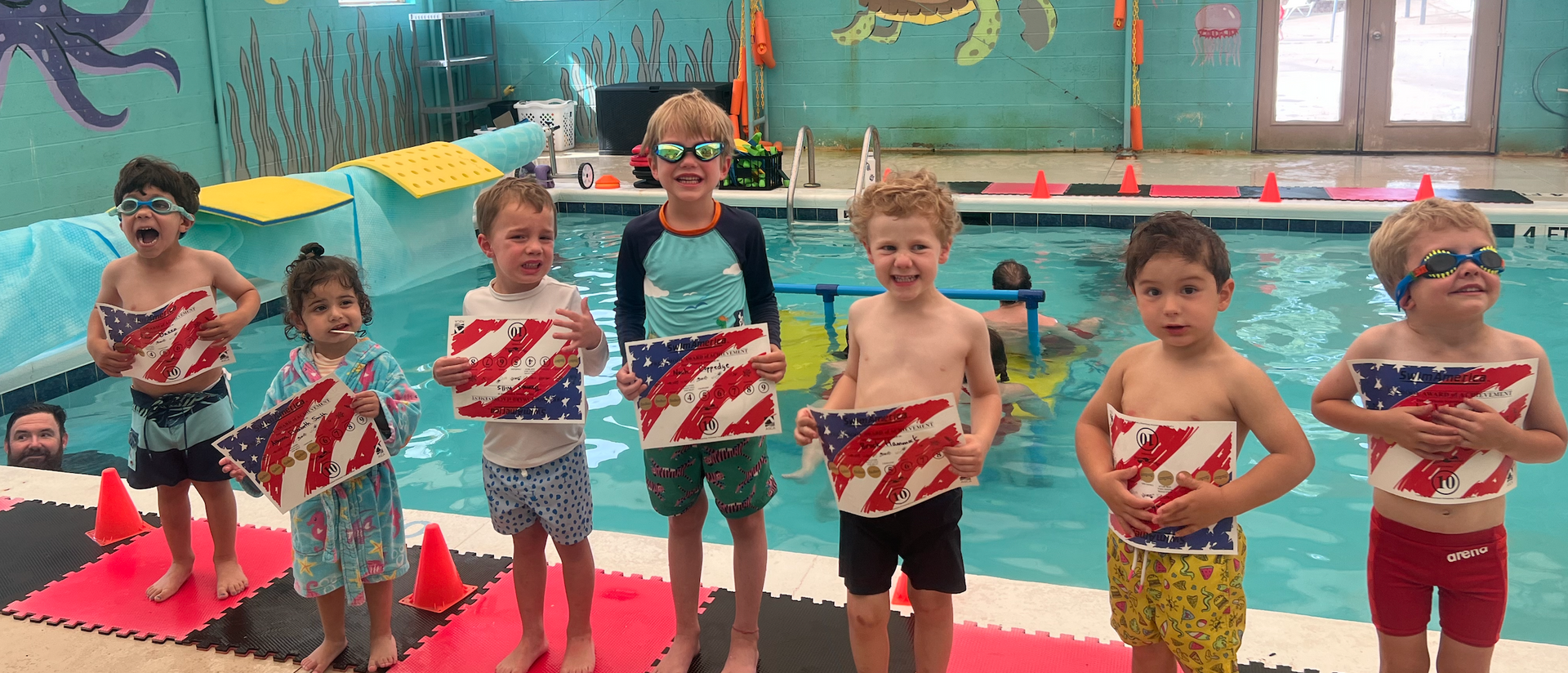
How to Ensure Your Swimmers Aren't Moving Up Too Fast
Everyone loves to see swimmers advance, ring the cowbell (or gong or whatever your program uses to celebrate), and receive a sticker on their certificate. But a speedy move up isn't always best for the swimmer. Especially if they don't have a lesson every day. Here's some ideas to keep your kiddos advancing steadily.
1. Use a Double Check System
If your Coaches are able to move swimmers up when they feel they’re ready, start having Coaches call you or your Site Supervisor(s) over to watch the swimmer perform the advancement goals. This way there are multiple perspectives watching the swimmer. There may be something you or your Site Supervisor can see from above that your Coach cannot see from in the water.
2. Test Twice
Have swimmers perform the same advancement goals on two different days. The first day the swimmer is able to complete the goal, congratulate them and allow them to move up to the next station. The following lesson, have the swimmer show the skills again. If they’re successful, it shows they’ve retained the information and once the lesson is over, they can get a sticker on their certificate.
3. Use Longer Distances
This becomes more applicable from Station 3 and on. If you want to ensure swimmers have a true grasp on the concept, have them kick or swim 5 more feet than normal. Or, for example, in Station 7, have the swimmer complete 3 legal breaststroke kicks in a row in addition to the other advancement goals. Tweak the advancement goals to meet your needs.
4. Train Coaches & Site Supervisors Often
While all the above options are possible solutions, nothing will beat continuous training for your Coaches and Site Supervisors. If you notice there’s a specific station or two that are continuously being passed through quickly, spend a training day talking about all the ins and outs of the station, and what Coaches could do to ensure swimmers fully understand the station criteria before they complete the advancement goals.
Not all of these methods may work for you and your program, so it’s important to ensure lesson quality among all staff so that your students are becoming safer swimmers. Don’t be afraid to have students repeat advancement goals to make sure they’re truly ready to move up to the next station.
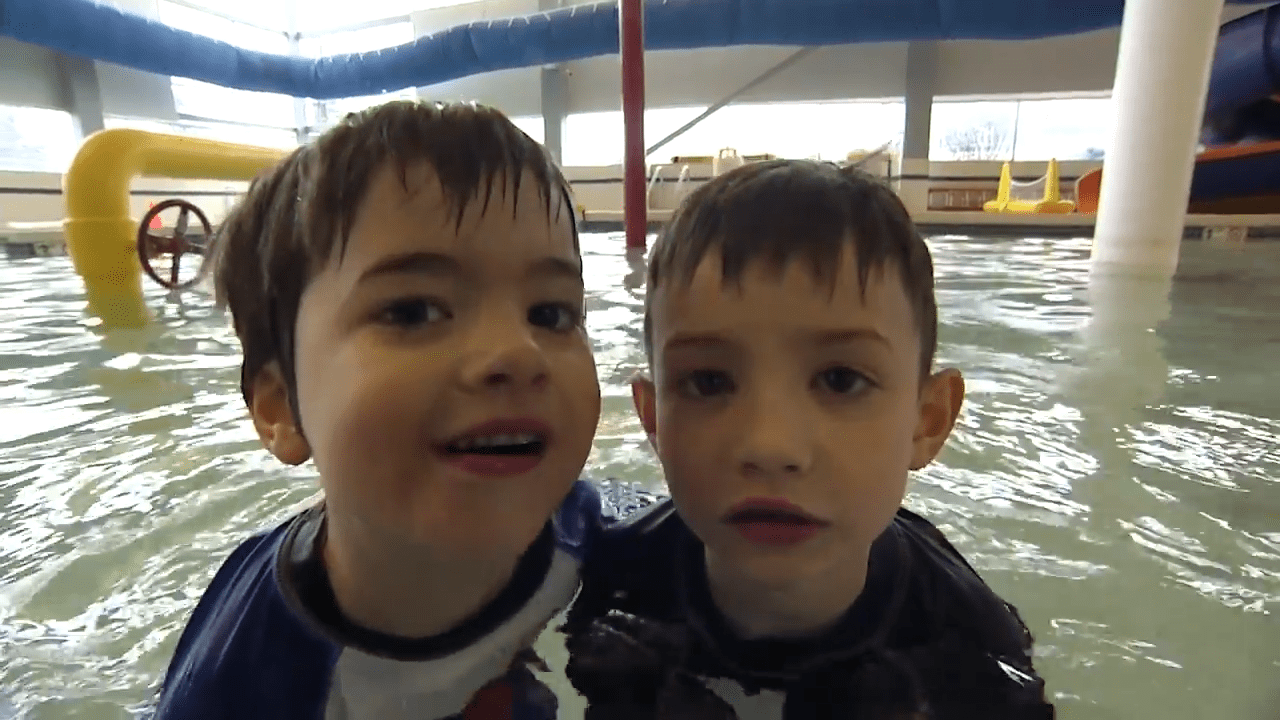

All Rights Reserved | SwimAmerica | ASCA
This site is a service of Captyn and powered by One Eleven's BUILD platform | The content is owned by Swim America and the site is governed by its privacy policy | Privacy Statement


